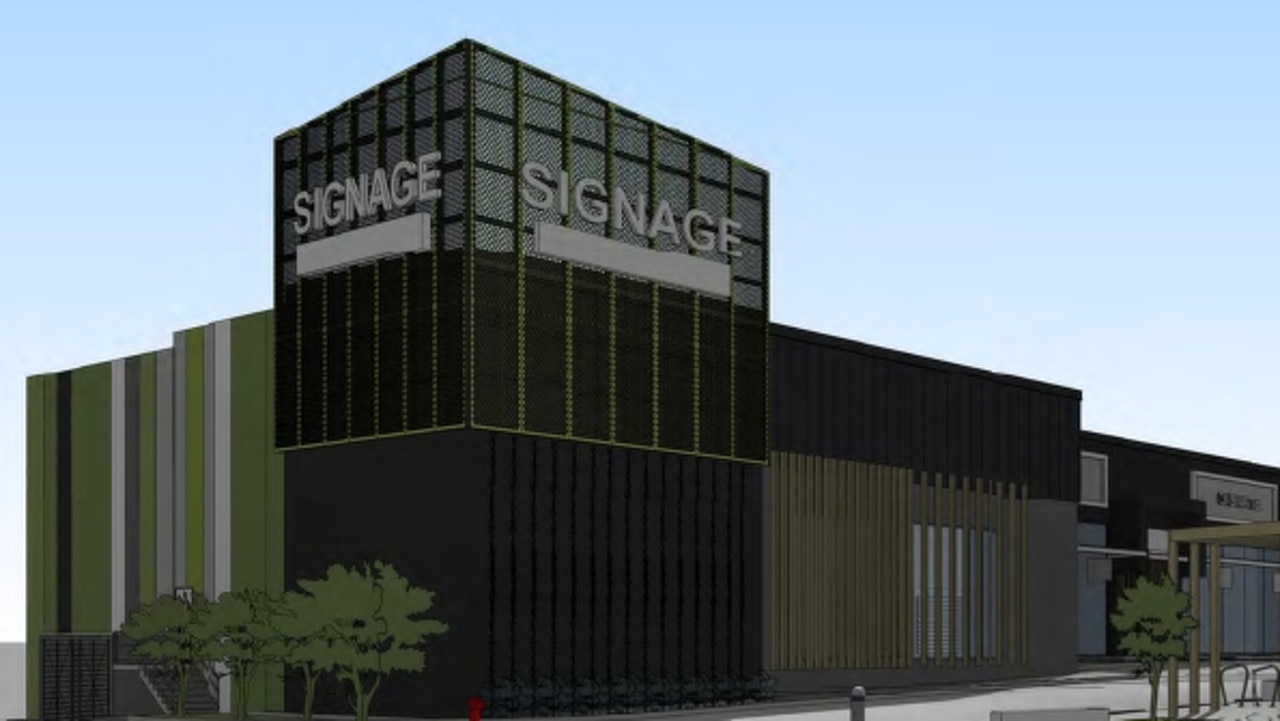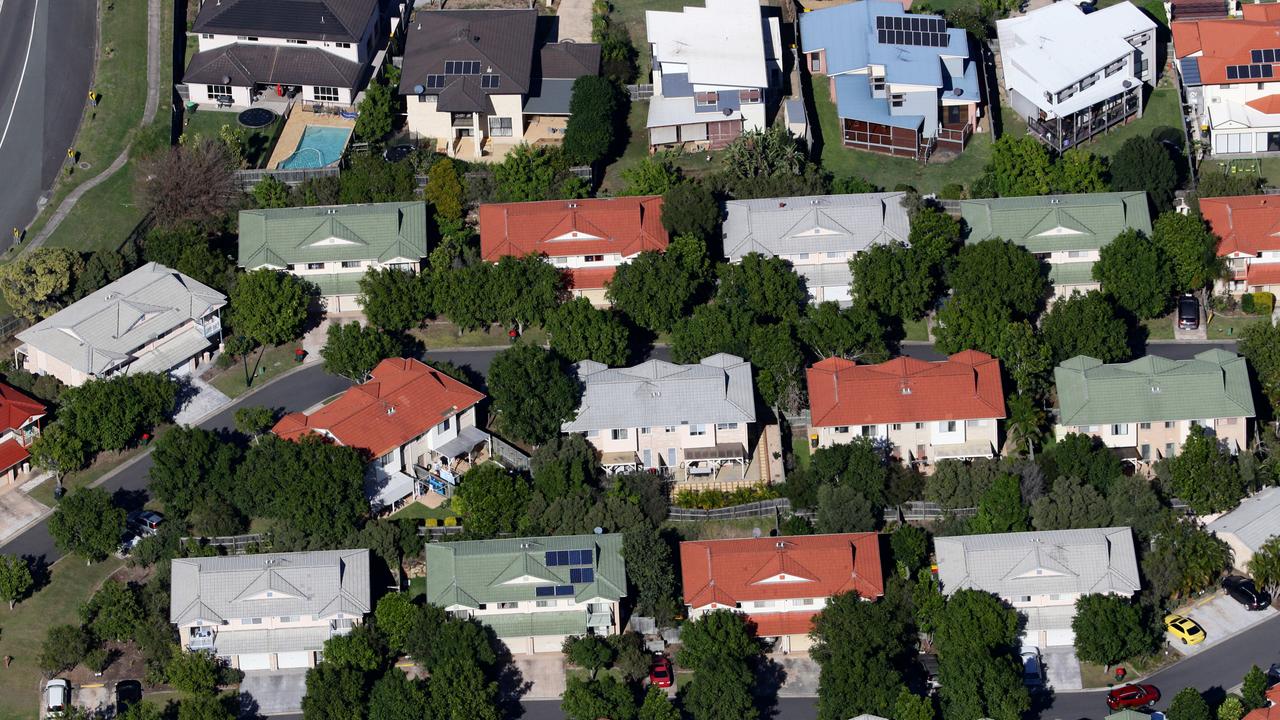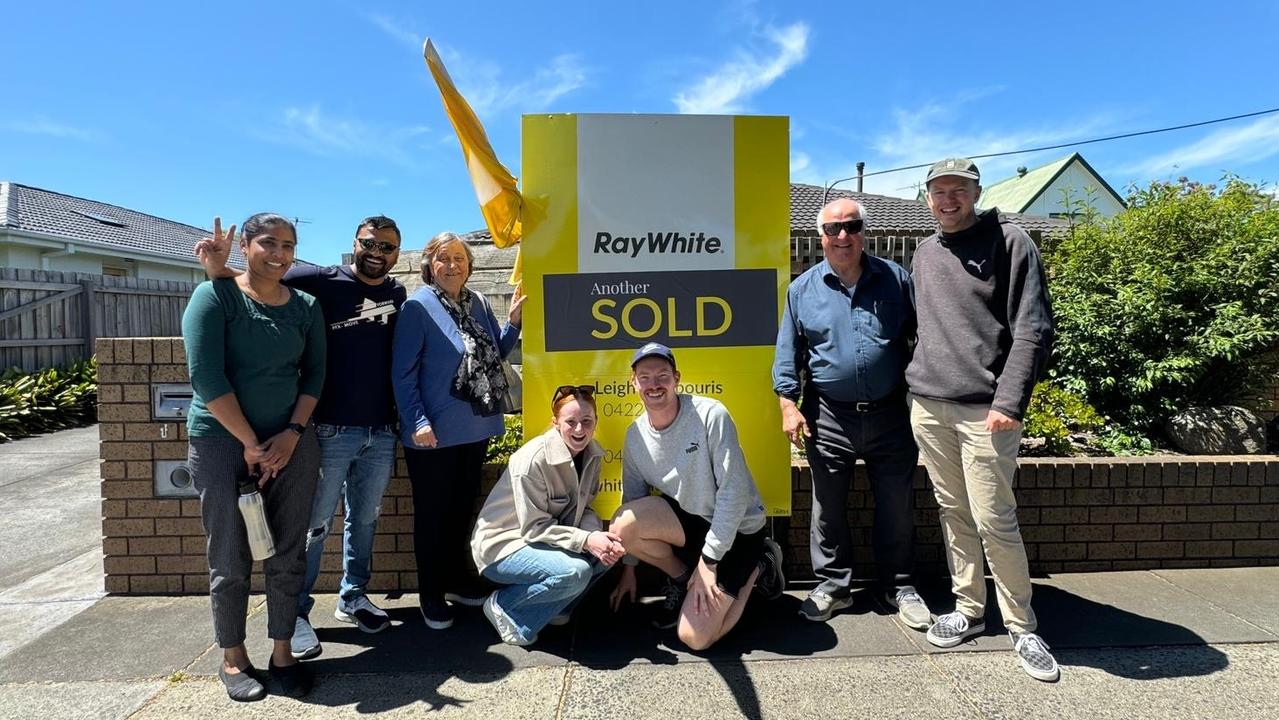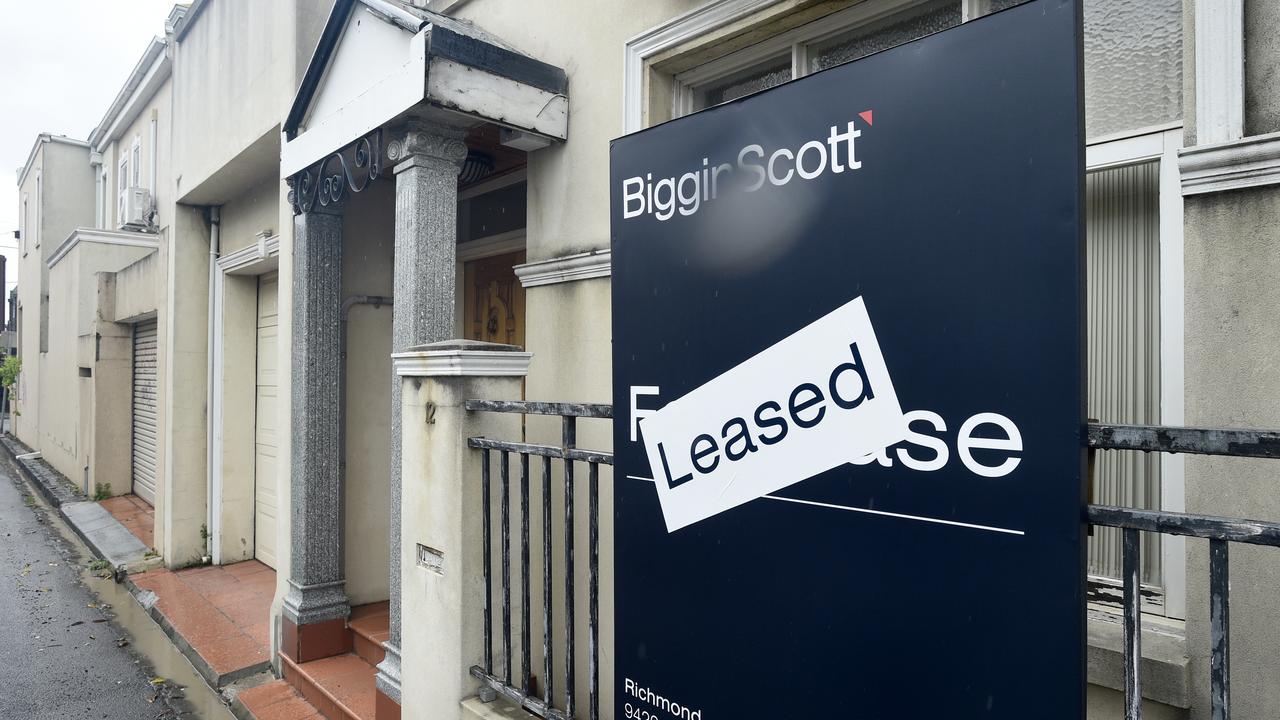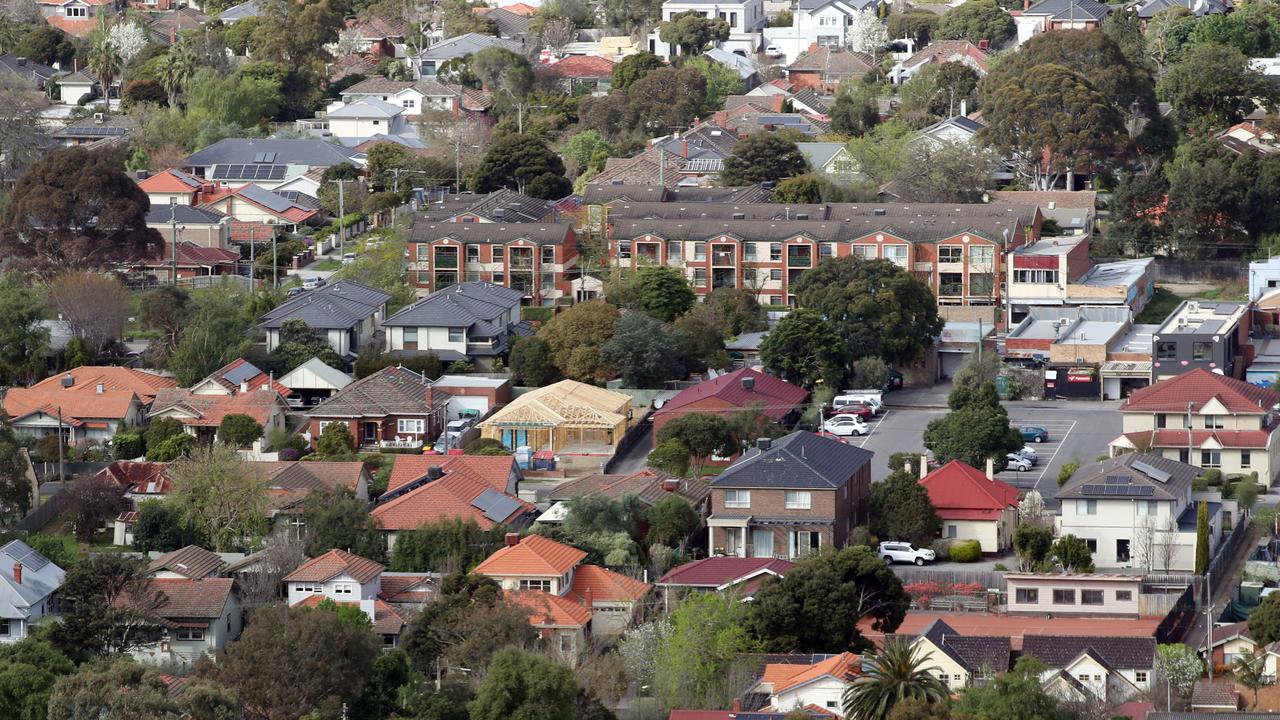How much you need in bank to secure a home in each Aussie suburb
A new study shows how much you need in savings simply to land a foot on the property ladder in every suburb across the country.

Property
Don't miss out on the headlines from Property. Followed categories will be added to My News.
Aussie home seekers are being made to come up with hundreds of thousands of dollars in upfront funds to buy a home in most of the country at a time when cost of living pressures and soaring rents have strangled their capacity to save.
Analysis from tax experts MCG Quantity Surveyors recently measured how much in savings a buyer would need to stump up a 10 or 20 per cent deposit, along with stamp duty and lenders mortgage insurance, in each suburb around the country. It revealed buyers with savings balances below $50,000 would struggle to get a loan in most capital city suburbs.
Those purchasing a home in Melbourne – where stamp duty charges were the highest in the country – needed $120,000-$200,000 in upfront funds to secure a home loan in most suburbs.
Brisbane purchasers needed over $80,000 in savings to buy in most city suburbs, even with a 10 per cent deposit. It was a similar story in Adelaide.
Sydney purchasers needed nearly a quarter of a million dollars in the bank to buy an average Sydney house, even with a 10 per cent deposit, while unit purchasers needed well over $100,000.
The analysis of PropTrack valuation data by tax specialists MCG Quantity Surveyors showed the upfront costs of buying a home have surged well beyond what most buyers can reasonably save up.
MCG director Mike Mortlock said coming up with the upfront funds needed for purchase would be a challenge for anyone not on a “very high income” in many capital city suburbs.
“It reaches the point in a lot of areas where you need an inheritance or the bank of mum and dad as a first-home buyer,” he said.
Sydney was the most extreme market. House seekers needed at least $236,000 saved up in order to stump up a 10 per cent deposit, stamp duty and the other upfront costs of buying at the city median of $1.34m, the data showed.
Buying the same, established house with a 20 per cent deposit (alleviating the need for lenders mortgage insurance) would require about $344,000 in upfront savings.
Those wanting to buy an average priced Sydney unit ($793,000) with a 10 per cent deposit required at least $130,000, if a second-home buyer, or $105,000, if a first-home buyer thanks to government tax exemptions for first-timers buying under $800,000.
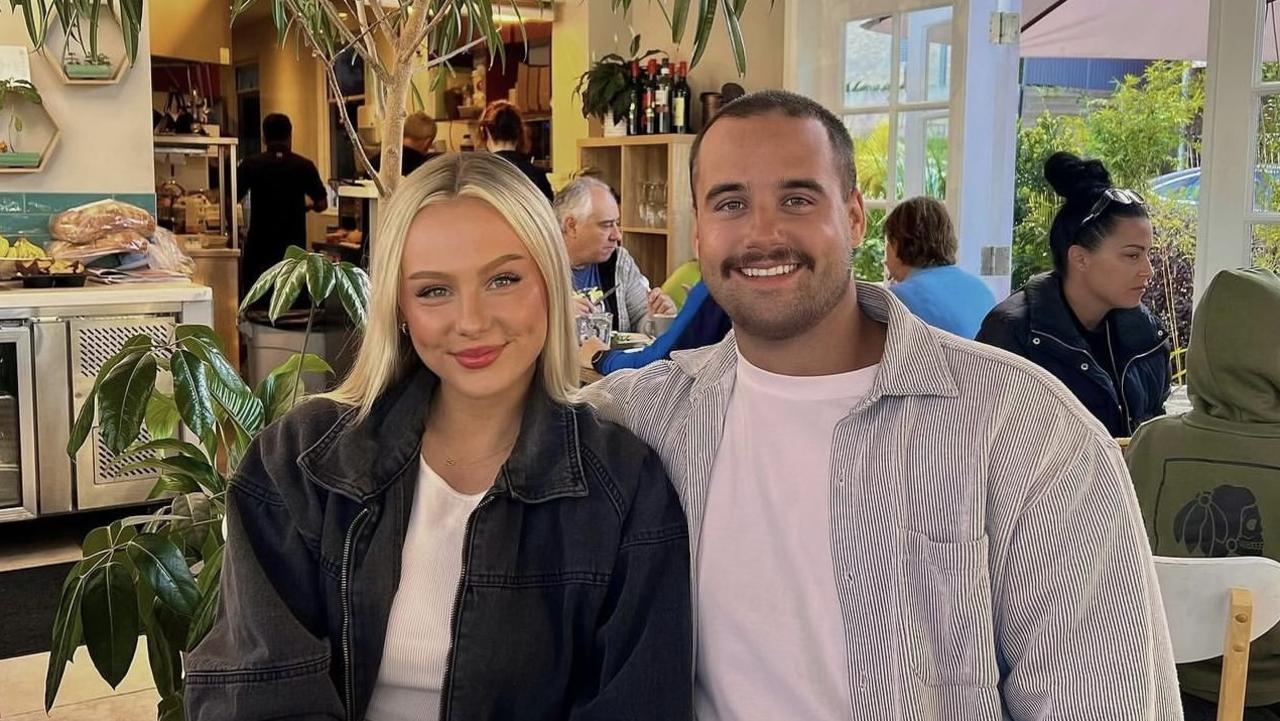
The upfront cost would rise to $165,045 for a first-home buyer using a 20 per cent deposit and about $197,000 for a second-home buyer with the same deposit.
These funding requirements have come at a time when the soaring cost of living and rental crisis have torched household savings.
Recent polling by comparison group Finder showed nearly half the adult population had less than $1000 in savings to their name, a considerable drop from previous years.
Among those with a balance below one grand, the average balance was $210.
One in five of the 3214 respondents in the Consumer Sentiment Tracker survey said they had $0 in savings.
The average Australian had $36,095 in the bank, but this figure was skewered by those with higher balances, Finder said, noting that the average balance among those with more than $1000 was $65,078.
Finder head of research Graham Cooke said it was hard for households to save in the current climate. “Cost of living pressure in Australia is at a record high, which is why so many Aussies (have) no savings,” he said.
Mr Mortlock said the challenge of stumping together a deposit and stamp duty was unlike anything previous generations faced.
MORE: Three-bedroom house listed for $49k
“Saving for a home has always been difficult, but what’s different now is that it is so much harder for people to save because of the cost of living crisis and the rental crisis,” Mr Mortlock said.
“We like to think of first-home buyers as staying at home with mum and dad while they save, but the reality is that most people don’t have that luxury.
“It becomes really difficult in a rental crisis to save when so much of your income is going into housing costs.”
Mr Mortlock said the secondary upfront costs of buying a home, such as stamp duty and lender fees, were often underestimated given most home seekers’ primary focus was on property prices.
“Human psychology is a funny thing,” he said. “Adding another $10,000 is nothing relatively speaking compared to the overall price, but if you think about it being your money, you realise it’s actually a lot. It all starts to add up.”
MORE: Inside Australia’s wild medieval homes
Alceon Development director Todd Campling said the savings required to land a foot on the property ladder was changing the profile of first-home buyers.
“We like to think of them as people in their 20s, but most are into their 30s because it’s hard to have that kind of money when you’re younger,” Mr Campling said.
First-home buyer David Warner, 25, said he had to work two jobs and live with his parents to save enough for a unit purchase in NSW’s Central Coast development Rumbalara Residences.
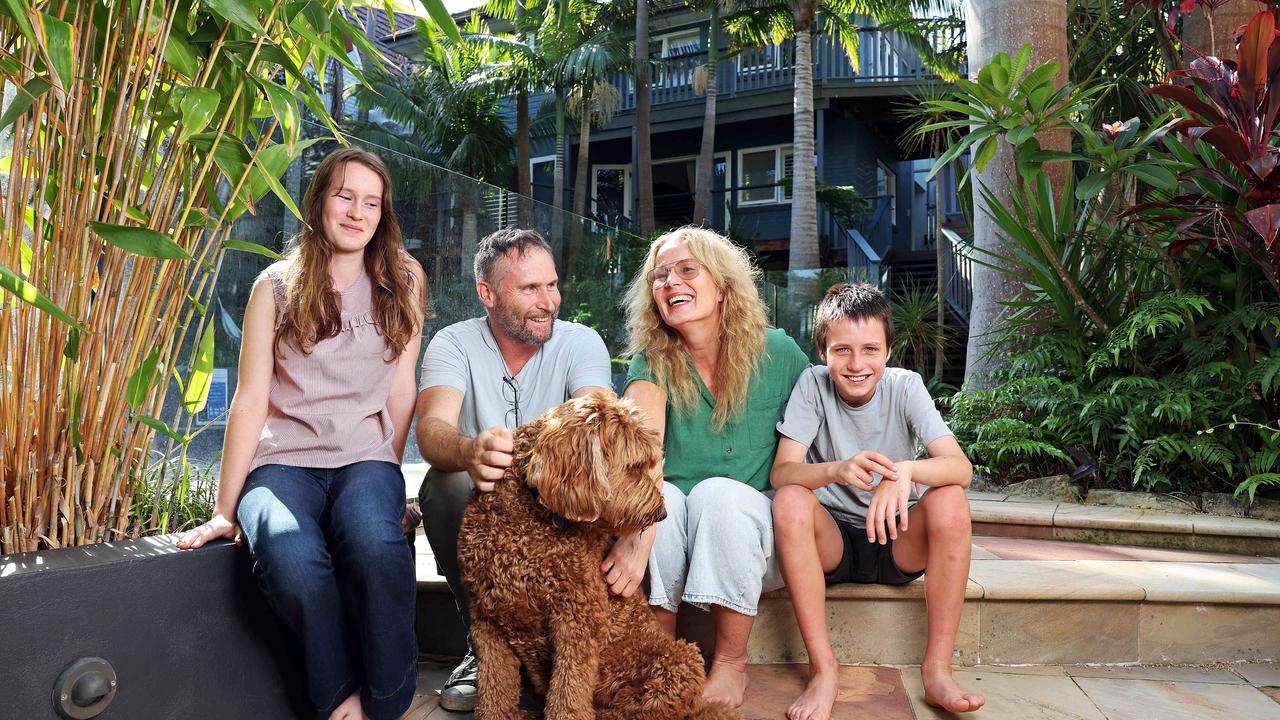
That was even with him and girlfriend Madeline, 22, using a 5 per cent deposit, while government incentives reduced their stamp duty bill by $25,000.
“We really didn’t want to rent,” Mr Warner said. “I figured buying this and selling in about five or seven years would be the best way to later buy a house.”
Daniel Dasey and Karin Stenberg are on the hunt for a new home after listing their five-bedroom home in Dee Why up for sale. Ms Stenberg said she was relieved they weren’t first-home buyers.
“There’s no question that having a few sales under our belt has helped,” she said, adding that starting from scratch would be a lot harder.
“Last time we sold and bought it did seem a lot easier to go from one thing to the other … because we are selling as well we aren’t too worried.”
Mr Campling said his development firm had noticed a rise in first-home buyers moving to areas like The Central Coast to get better bang for their buck.
Originally published as How much you need in bank to secure a home in each Aussie suburb




